Expansion of E-Bike Market
The rapid expansion of the electric bicycle (e-bike) market is emerging as a significant driver for the Bicycle Bearing Market. E-bikes are gaining popularity due to their convenience and ability to make cycling accessible to a broader audience. This trend is supported by data indicating that e-bike sales have increased by over 10% annually, reflecting a growing consumer preference for electric mobility solutions. As e-bikes require specialized bearings to accommodate their unique performance characteristics, the demand for high-quality bicycle bearings is expected to rise. Consequently, the Bicycle Bearing Market is likely to benefit from this trend, as manufacturers adapt their offerings to meet the specific needs of the e-bike segment.
Rising Demand for Bicycles
The increasing popularity of cycling as a mode of transportation and recreation appears to be a primary driver for the Bicycle Bearing Market. As urban areas become more congested, individuals are seeking alternative means of commuting, leading to a surge in bicycle sales. According to recent data, bicycle sales have seen a notable increase, with a projected growth rate of approximately 5% annually. This trend is likely to bolster the demand for high-quality bicycle bearings, which are essential for ensuring smooth and efficient performance. As more consumers invest in bicycles, the Bicycle Bearing Market is expected to experience significant growth, driven by the need for durable and reliable components that enhance the overall cycling experience.
Environmental Sustainability Trends
The Bicycle Bearing Market is experiencing a shift towards environmentally sustainable practices, driven by consumer preferences for eco-friendly products. As awareness of environmental issues grows, manufacturers are increasingly focusing on sustainable materials and production processes. This trend is reflected in the rising demand for bicycle components that minimize environmental impact, including bearings made from recycled or biodegradable materials. Market data suggests that the eco-friendly segment is gaining traction, with an estimated growth rate of 5% over the next few years. As consumers prioritize sustainability in their purchasing decisions, the Bicycle Bearing Market is likely to adapt, leading to innovations that align with these values and enhance market competitiveness.
Technological Innovations in Bearings
Technological advancements in bearing design and materials are likely to play a crucial role in shaping the Bicycle Bearing Market. Innovations such as ceramic bearings and advanced lubrication systems are enhancing performance and longevity, appealing to both competitive cyclists and casual riders. The introduction of lightweight and corrosion-resistant materials has the potential to improve efficiency and reduce maintenance needs. Market data suggests that the segment for high-performance bearings is expanding, with an estimated growth rate of 6% over the next few years. As manufacturers continue to invest in research and development, the Bicycle Bearing Market is poised to benefit from these technological breakthroughs, which may lead to increased consumer interest and higher sales.
Growing Awareness of Health and Fitness
The rising awareness of health and fitness among consumers is contributing to the growth of the Bicycle Bearing Market. As more individuals recognize the benefits of cycling for physical health, there is a corresponding increase in bicycle usage. This trend is supported by various health campaigns promoting active lifestyles, which have led to a surge in demand for bicycles and their components. Market analysis indicates that the fitness segment of the cycling industry is expanding, with a projected growth rate of 4% annually. Consequently, the demand for high-quality bicycle bearings is likely to rise, as consumers seek reliable and efficient products that enhance their cycling experience and support their fitness goals.


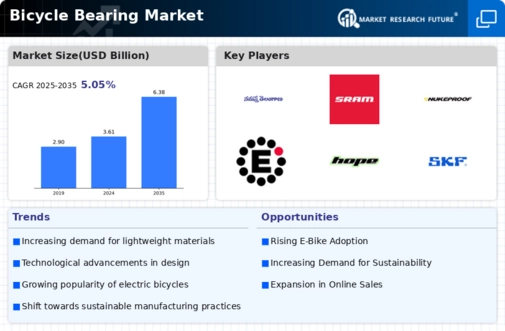
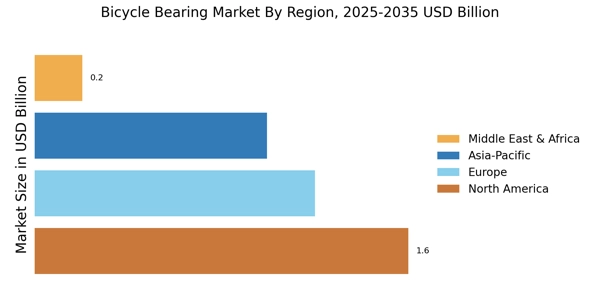

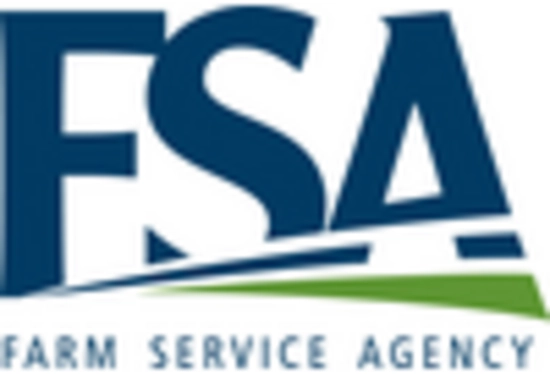

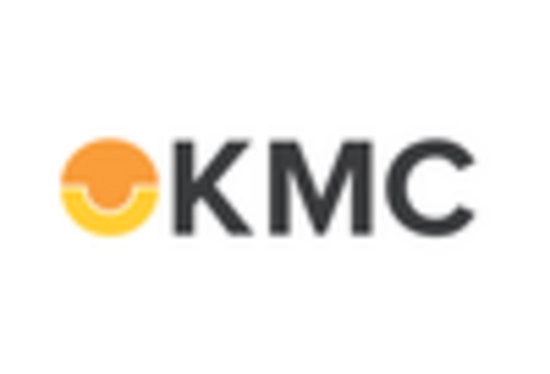
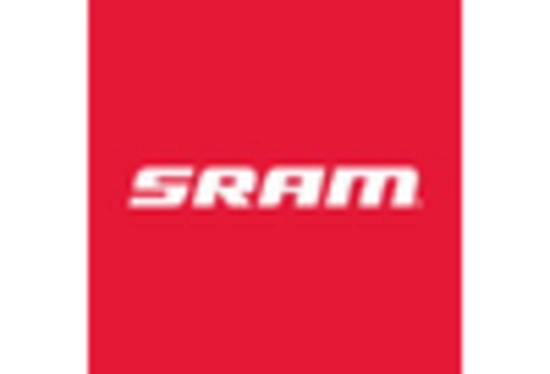
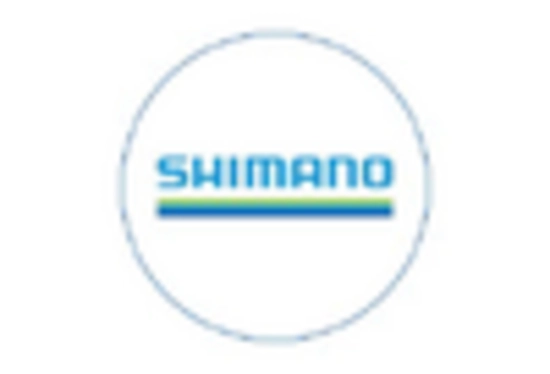








Leave a Comment